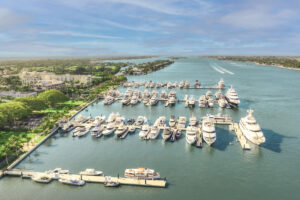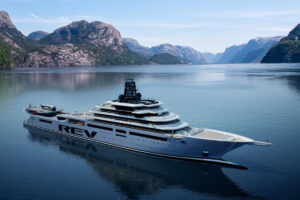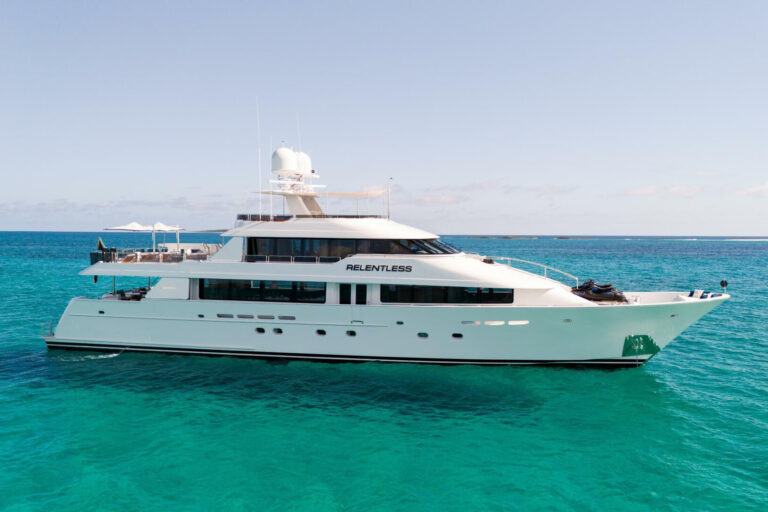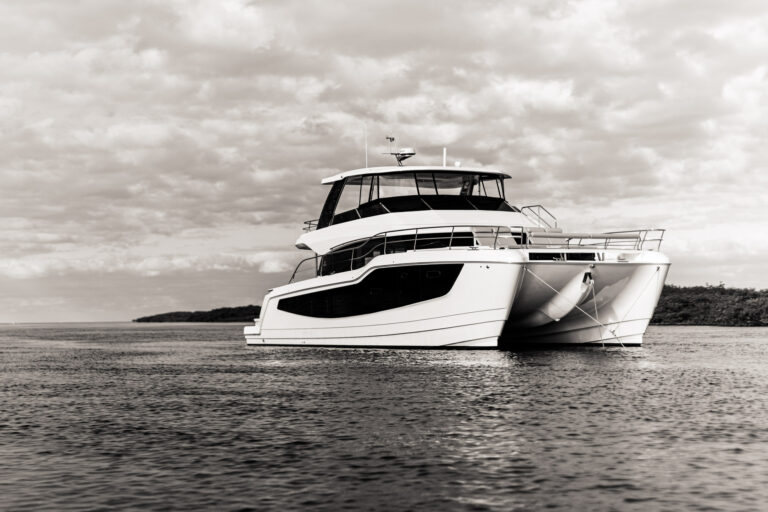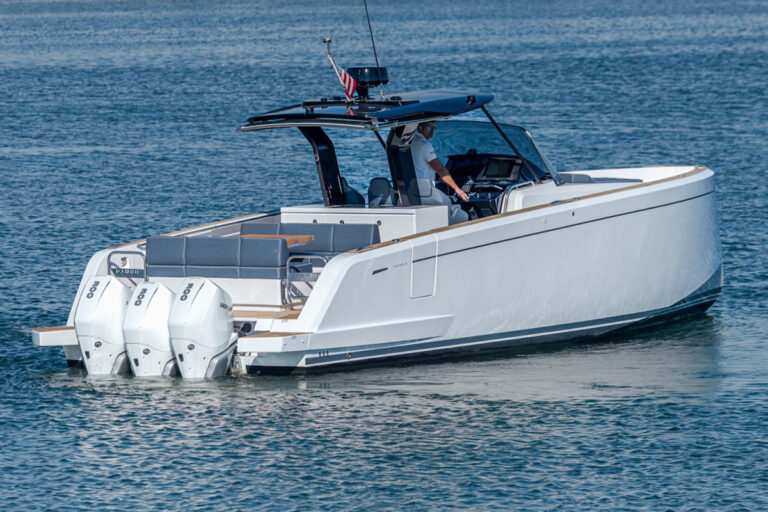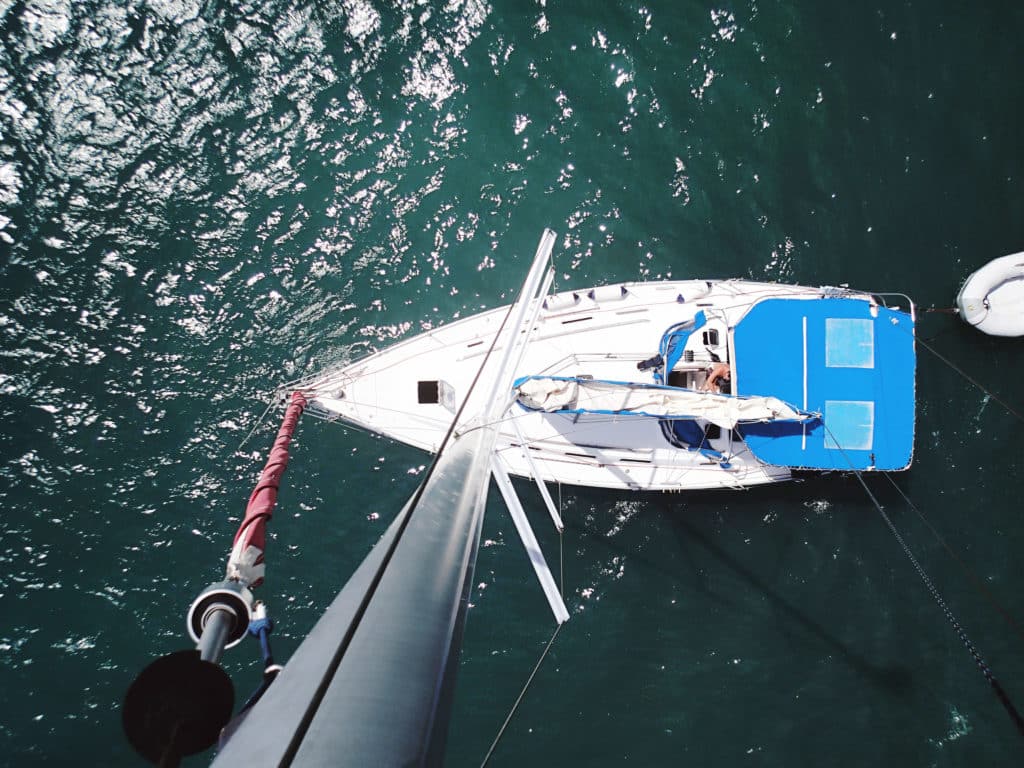
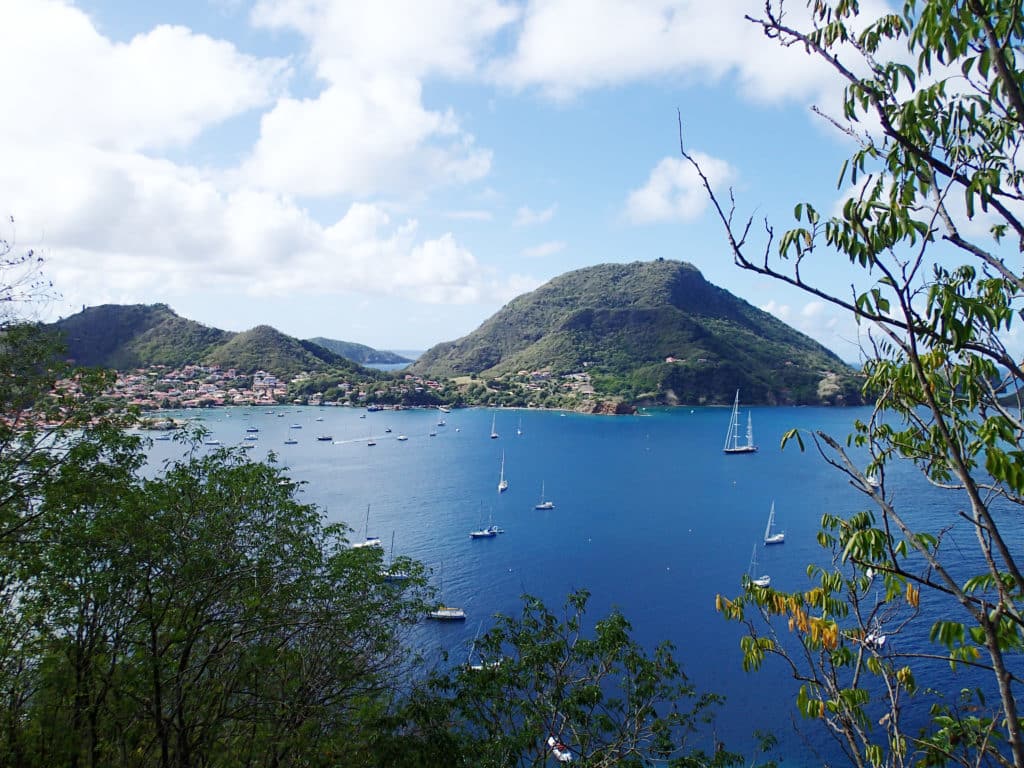
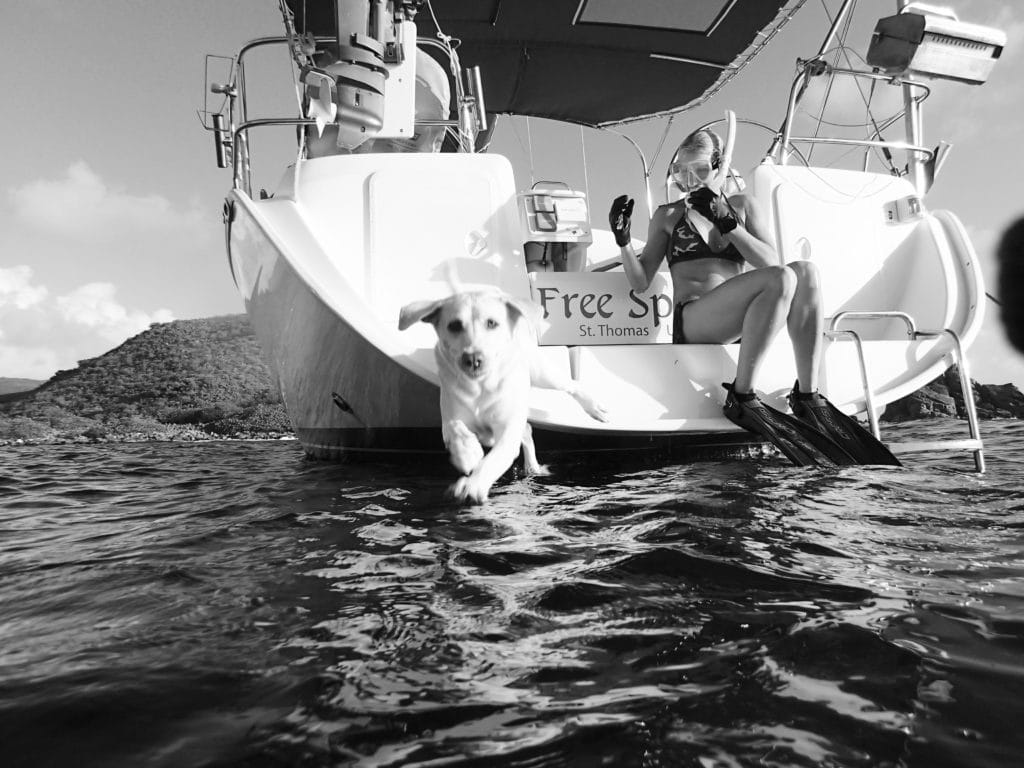
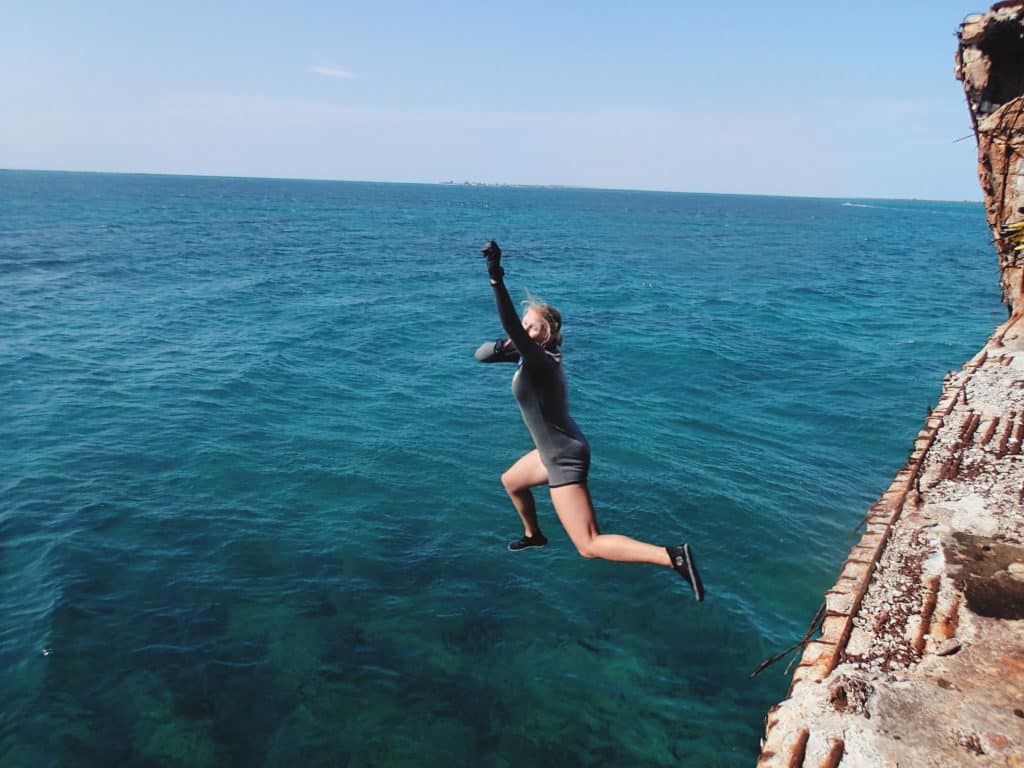
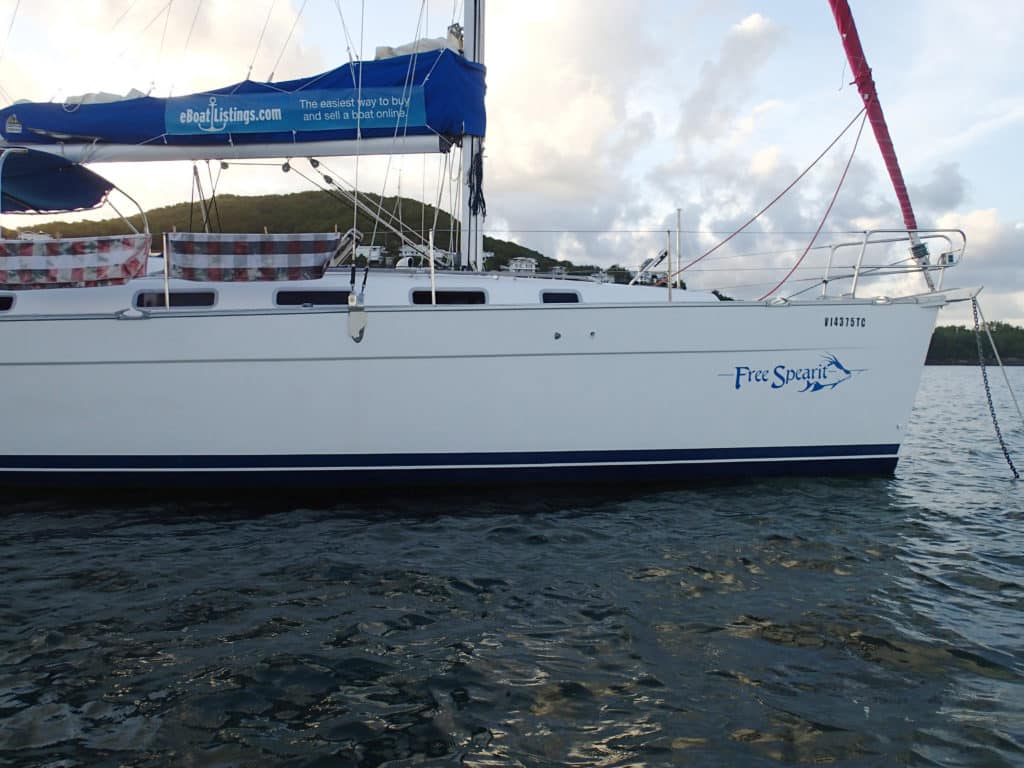
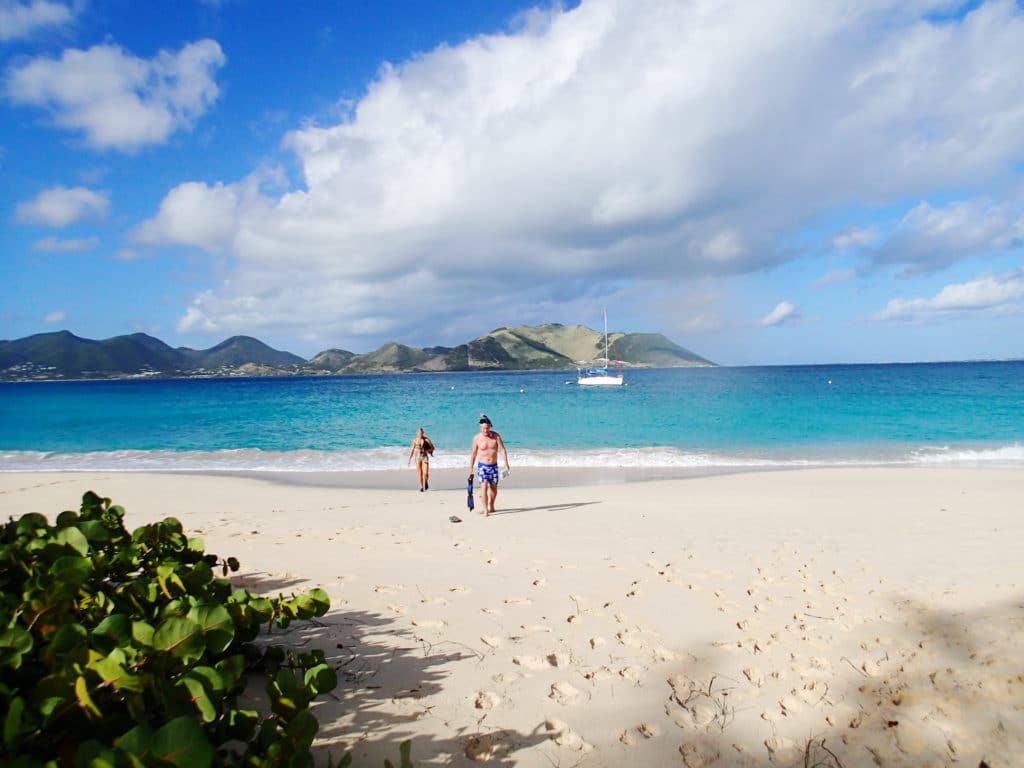
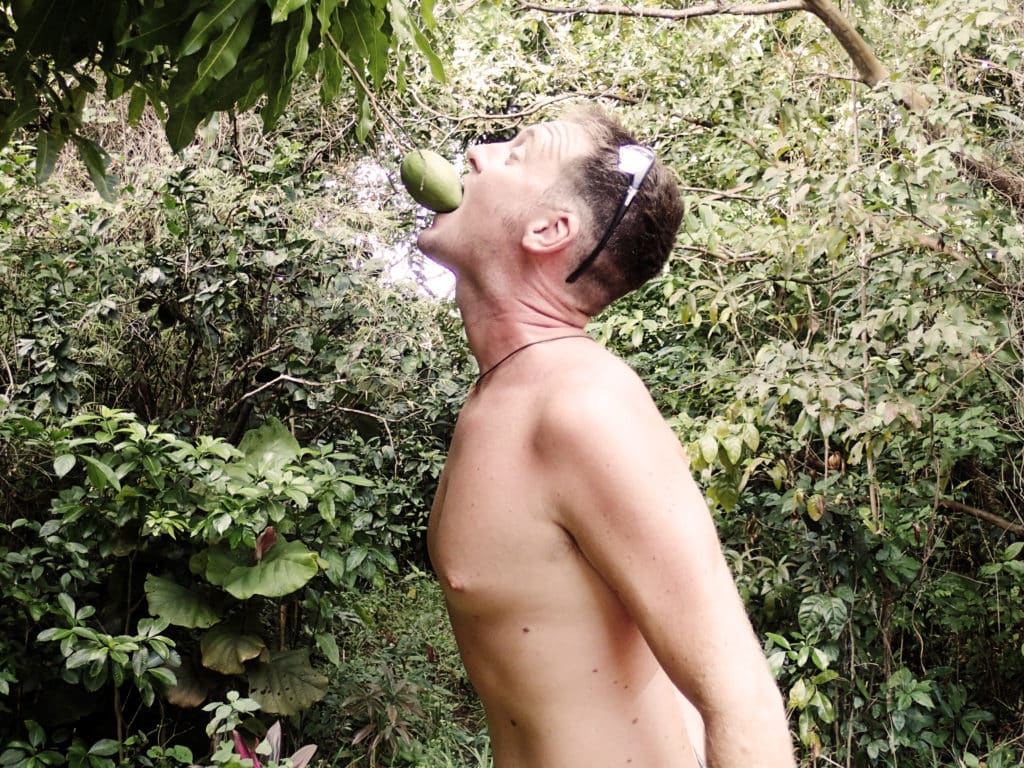

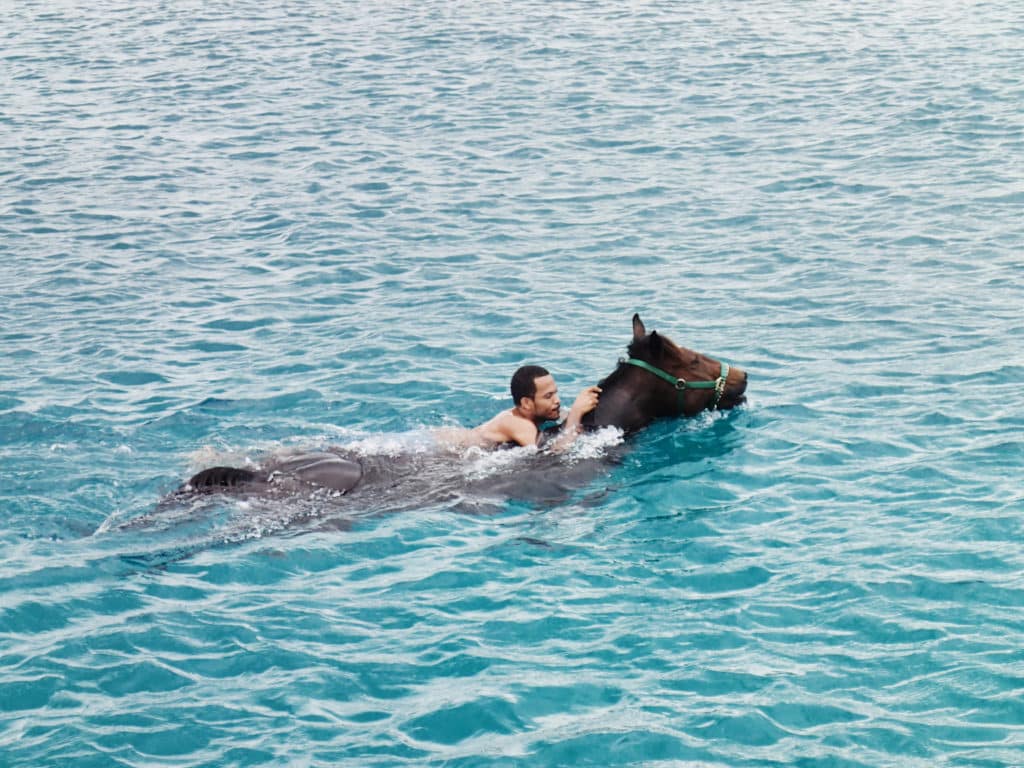
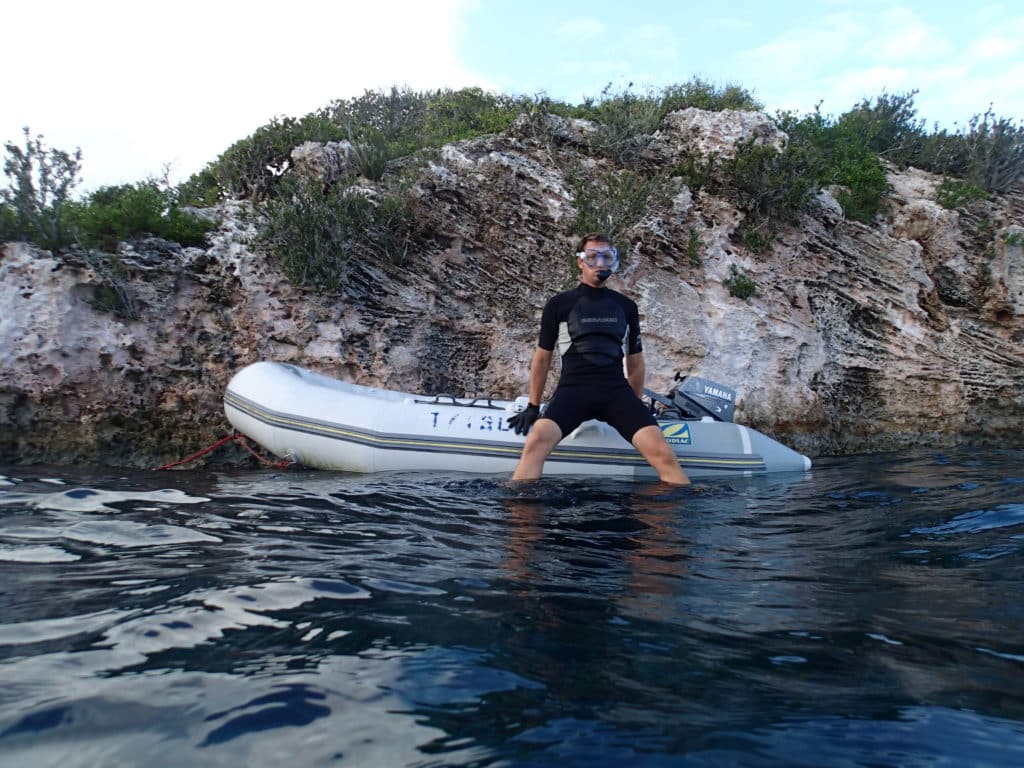

A rain-soaked highway changed everything.
Jessica Anderson, until that day, lived her life the way many of us do. She drove the same route back and forth five days a week to work, in her case as a scientist focused on brain cancer research. She liked her job. She had a condo. Anderson was, by all accounts, living a happy and fulfilling life.
And then, on a Friday afternoon in 2010 near Jupiter, Florida, she was heading home during a downpour. Her commute on the busy stretch of Interstate 95 was a treacherous, wet mess. Her vehicle hydroplaned across all five lanes and was struck three times, twice in the front by other cars and once in the back by a semitrailer truck. “When the truck was coming at me, I knew I was going to die,” Anderson recalls today, wide-eyed.
Oftentimes, people who have traumatic experiences like Anderson’s talk about their lives flashing before them. In her case, it wasn’t her life that came into view; she instead saw everything she was never going to get to do, including loading up a boat and leaving the everyday behind for full-time cruising in the Bahamas and Caribbean.
A rain-soaked highway changed everything.
Jessica Anderson, until that day, lived her life the way many of us do. She drove the same route back and forth five days a week to work, in her case as a scientist focused on brain cancer research. She liked her job. She had a condo. Anderson was, by all accounts, living a happy and fulfilling life.
And then, on a Friday afternoon in 2010 near Jupiter, Florida, she was heading home during a downpour. Her commute on the busy stretch of Interstate 95 was a treacherous, wet mess. Her vehicle hydroplaned across all five lanes and was struck three times, twice in the front by other cars and once in the back by a semitrailer truck. “When the truck was coming at me, I knew I was going to die,” Anderson recalls today, wide-eyed.
Oftentimes, people who have traumatic experiences like Anderson’s talk about their lives flashing before them. In her case, it wasn’t her life that came into view; she instead saw everything she was never going to get to do, including loading up a boat and leaving the everyday behind for full-time cruising in the Bahamas and Caribbean.
Police at the scene told her she was lucky to walk away — and walk she did, out of the life she’d always known and toward the one she’d envisioned while sitting dazed in that mangled car. Anderson and her partner, Daryl Grimm, a Web developer, had owned powerboats and sailboats but hadn’t lived aboard. To make Anderson’s vision a reality, the couple began a two-year transition from life on land to one at sea, including starting an online marine marketplace business they could run while offshore.
The duo also studied route options, weather patterns and the best times to cross certain waterways, and made estimates on fuel, water and electric usage. Anderson and Grimm are avid breath-hold spearfishing enthusiasts (he can dive to 100 feet without scuba gear) who planned to catch dinner whenever possible, helping to keep provisioning costs low.
They also considered the requirements of their third crew member, a beloved yellow Labrador retriever called Sugar. This canine is a certified service dog, which was helpful when it came to plane travel en route to pick up their vessel in St. Thomas and when coming ashore in certain countries, says Anderson. (She advises cruisers traveling with four-legged friends who want to avoid potentially lengthy quarantine issues to stick to the dog-friendly Bahamas.)

When looking for the right boat, Anderson says, she knew they wanted to go with a sailboat and equip it with solar panels and a wind generator to help remain self-sufficient. It turned out that a Beneteau 393 checked all of the required boxes for their trip, and they dubbed her Free Spearit. The 393 came in two versions: an owner’s with two cabins and a charterer’s with three cabins. Anticipating guests on board throughout the voyage, the couple opted for the charter layout. (Sugar agreed emphatically with this setup.)
“We knew it was a good blue-water boat,” Anderson says, adding that a surprising benefit was that, like all of the other charter 393s, Free Spearit came with a matching set of cups, saucers, plates and the like. Occasionally when free diving, they would come across replacement pieces that bareboaters had dropped into the drink.
Before leaving the dock in fall 2012, Anderson and Grimm had a chance to learn about close-quarters living when they rented out their condo three months before setting sail. They were homeless, a problem they resolved by buying a Winnebago and living in a state park until it was time to cast off their lines.
Their pre-cruise story is almost as interesting as the voyage’s start. Just four days after they closed on the purchase of Free Spearit in St. Thomas, U.S. Virgin Islands, they endured a hurricane — and rode it out on board.
After those first tempestuous days, the couple had a mostly weather-friendly, yearlong adventure, aside from riding an 18- to 20-foot swell while traveling up from the Dominican Republic to the Bahamas. “It was a huge swell that lasted two days,” Anderson tells me.
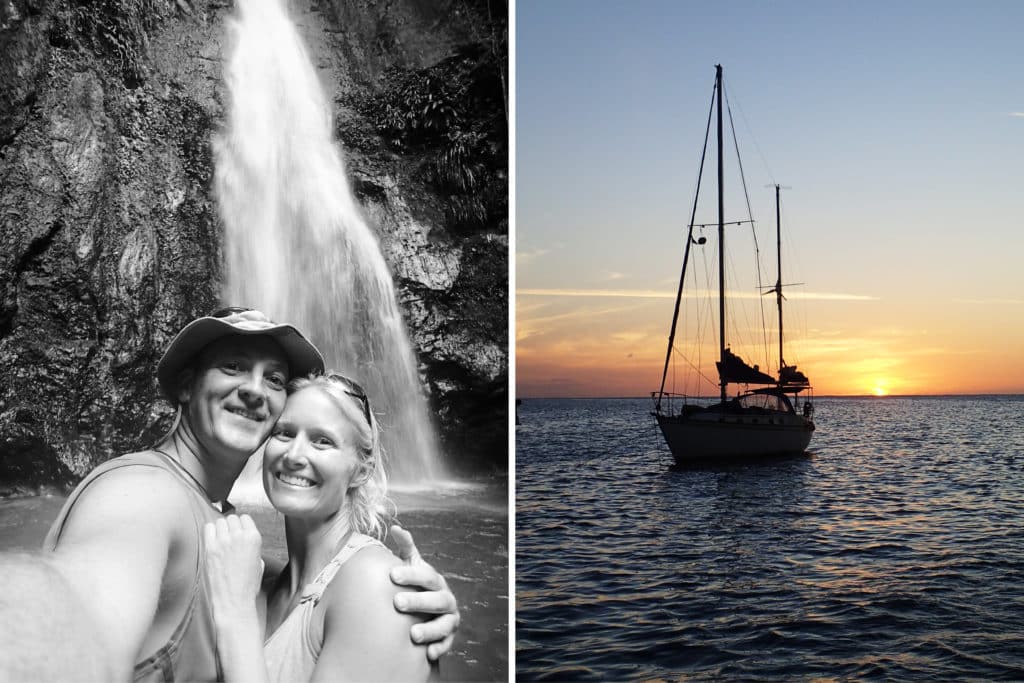
This cruiser especially enjoyed the night they spent in the bioluminescent bay off Vieques Island in Puerto Rico. “It’s the brightest one in the world,” she says, still excited long after leaving. She also has fond memories of Christmas and New Year’s in St. Martin, which she describes as, simply, “beautiful.” Diving for dinner was a regular occurrence, and they saw countless sunshine-filled beach days as well as hours spent drifting and dreaming.
But mostly, this cruise was about living boldly, about taking a chance and seizing and savoring life’s opportunities.
Anderson and Grimm returned to shore and sold Free Spearit in 2014. They took full-time jobs and still run their online business. Their trip, as they see it, was just the beginning. The couple is looking at catamarans and seeking to go farther the next time around. Anderson foresees a circumnavigation too.
And if this sailor imagines it, you can bet it’s going to happen.
KNOW BEFORE YOU GO: Jessica Anderson’s Cruising Tips
- Plan a budget that covers daily expenses and on-island travel, as well as unforeseen incidents including boat repairs and flights home for emergencies.
- Expect and plan for guests, and be prepared to lay down ground rules ahead of time that will keep them safe and stem unreasonable expectations.
- Have a loose plan, and be flexible. Mother Nature is your guide, and she doesn’t always have the same plan as you do.
- Your dinghy is your lifeline to fun and exploration (both on land and at sea). Invest in a good one.
- Redundancy can save you from a bad day. Bring an extra of anything that can break or be dropped overboard (flashlights, tools, fin and mask straps, and engine parts, to name a few).

